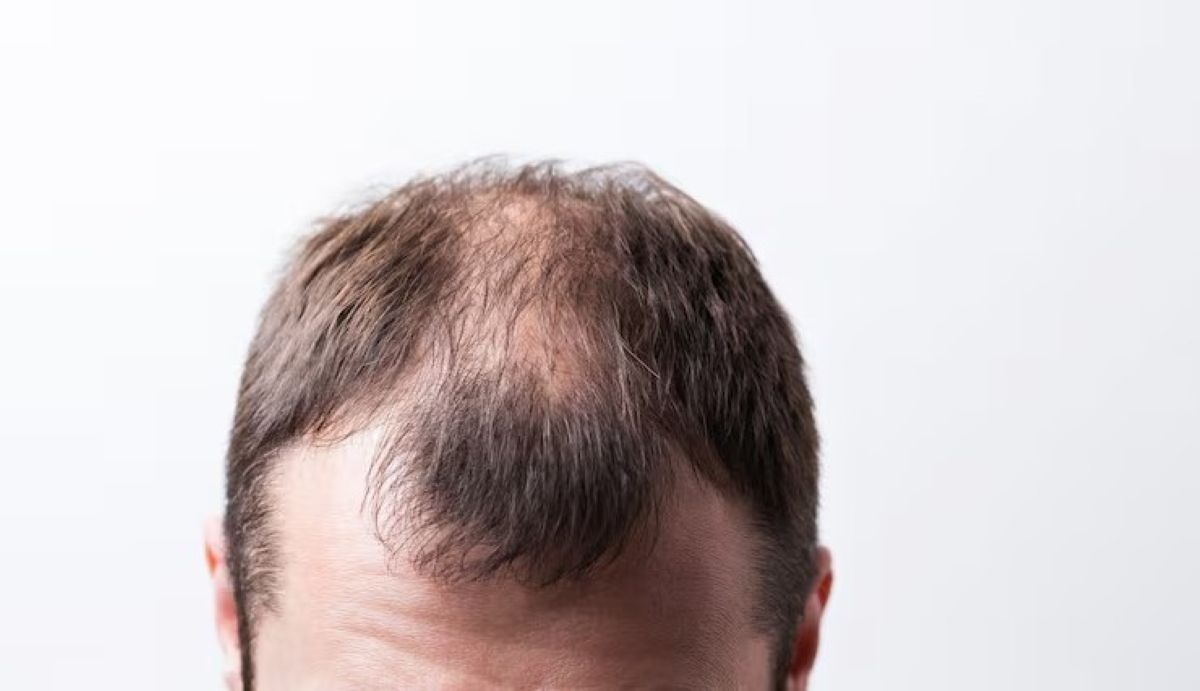
Both men and women worry about hair loss, but if it occurs suddenly, in patches, or in large amounts, it may be a sign of alopecia. Unusual hair loss brought on by autoimmune reactions, heredity, hormone imbalances, or other illnesses is referred to as alopecia. Early detection of alopecia can greatly improve results, thus prompt identification is crucial.
We'll go over what alopecia is, its various forms, early warning signs, causes, diagnosis, and when to get care in this blog.
Hair loss is generally referred to as alopecia. While alopecia is characterized by rapid, visible, or localized hair loss, modest daily shedding (about 50 to 100 strands per day) is typical. Your scalp, eyebrows, eyelashes, and even body hair may be impacted.
The most prevalent kinds are:
Knowing the early warning symptoms makes it easier to distinguish between potential alopecia and normal hair loss.
Early detection of alopecia can enhance treatment results and help avoid significant hair loss. The earliest warning indications are frequently subtle ones, such as irregular shedding, thinning patches, irritation of the scalp, or changes in the texture of the hair. To take prompt action and safeguard the health of your hair, it is essential to comprehend these early indicators.
Round or oval bald spots on the scalp are among the first and most noticeable symptoms of alopecia areata. These patches:
These patches may enlarge or multiply in certain individuals, signifying ongoing advancement.
If there seems to be more hair than normal:
This profuse shedding may be a precursor to telogen effluvium or alopecia areata.
For alopecia androgenetica:
If left untreated, this kind of hair loss will worsen over time.
Before their hair starts to fall out, some persons have soreness on their scalp. This may consist of:
These signs frequently indicate underlying inflammation that is harming the hair follicles.
Prior to noticeable thinning:
This could be a sign of hair follicle shrinkage or weakened hair roots.
Alopecia affects more than only the hair on the scalp. Some early indicators could be:
This is particularly prevalent in autoimmune diseases and alopecia areata.
Remarkably, alopecia can also manifest as nail problems like:
These little alterations are thought to be early diagnostic indicators and frequently accompany alopecia areata.
Environmental, lifestyle, hormonal, and genetic factors can all contribute to alopecia. Typical reasons include:
Cause |
Description |
|---|---|
|
Autoimmune Reaction |
In alopecia areata, the immune system mistakenly attacks hair follicles. |
|
Genetics |
Hereditary hair loss (androgenetic alopecia) is caused by genes inherited from either parent. |
|
Hormonal Imbalance |
PCOS, thyroid disorders, menopause, and fluctuations in testosterone can cause hair loss. |
|
Stress & Trauma |
Severe physical or emotional stress can trigger telogen effluvium or autoimmune alopecia. |
|
Nutritional Deficiencies |
Lack of iron, Vitamin D, protein, or biotin affects hair growth. |
|
Hair Styling Habits |
Tight hairstyles (braids, ponytails), chemical treatments, or excessive heat lead to traction alopecia. |
|
Medications & Illness |
Chemotherapy, birth control pills, steroids, and chronic illnesses can contribute to hair thinning. |
Alopecia may be more likely to occur in you if:
Usually, a dermatologist or other medical expert will use:
A dermatologist should be seen if you observe:
To enhance the likelihood of regeneration and stop additional follicular damage, early identification is crucial.
The type of alopecia determines whether it is reversible:
In order to slow down alopecia and maintain healthy hair development, early intervention can be crucial. You can successfully manage the problem by implementing the appropriate lifestyle choices, hair care routines, and medical assistance when required. Here are some useful pointers to assist stop further development.
Include foods rich in:
Reduce:
One of the main causes of alopecia is stress. Try:
Depending on the diagnosis, medical professionals might advise:
Always use under a doctor's supervision.
Related: The Impact of Diet on Hair Health
The effectiveness of managing or reversing hair loss can be greatly impacted by early detection of alopecia. Never disregard symptoms such as patchy bald areas, increased shedding, itchy scalp, or changes in the nails. A balanced diet, stress reduction, early dermatologist consultation, and good hair care can all help reduce hair loss and promote regeneration.
Dr L H Hiranandani Hospital is a reputable name in cutting-edge healthcare for accurately and compassionately identifying and treating alopecia. The facility makes sure every patient gets the best care possible with a staff of skilled hair transplant doctors, cutting-edge equipment, and customized treatment regimens. Dr L H Hiranandani Hospital is the ideal location to start your path to recovery and self-assurance if you're looking for trustworthy treatments for hair loss or scalp issues.